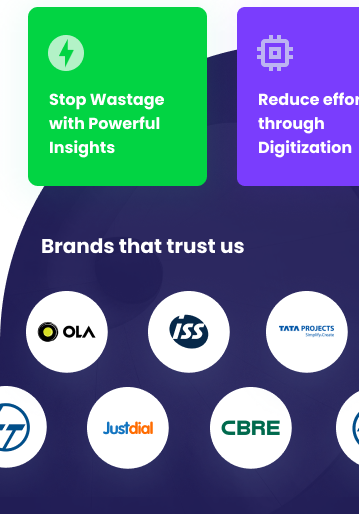Discover 10 practical energy-saving strategies for commercial buildings with Know Your Building®. Learn how to reduce costs and enhance sustainability with actionable tips.”
Content:
Energy conservation is more than a cost-saving measure; it is an essential strategy for commercial buildings to align with sustainability goals and regulatory requirements. By adopting energy-efficient practices, businesses can reduce operational costs, improve their carbon footprint, and enhance overall efficiency. Here are ten practical tips to conserve energy effectively in commercial spaces:
1. Upgrade to LED Lighting
Lighting is often one of the largest energy consumers in a commercial building. LED lights consume up to 75% less energy than traditional incandescent bulbs and last significantly longer. By replacing old lighting systems with LED technology, you can significantly lower your energy bills while reducing maintenance costs. Moreover, modern LEDs offer better illumination and customizable color temperatures to suit various work environments.
2. Install Motion Sensors and Timers
Many areas in commercial buildings, such as restrooms, meeting rooms, and storage spaces, remain unused for extended periods. Installing motion sensors ensures lights are only on when needed, reducing unnecessary energy consumption. Additionally, timers can help automatically turn off systems during non-working hours, ensuring no energy is wasted.
3. Optimize HVAC Systems
Heating, ventilation, and air conditioning (HVAC) systems account for nearly 40% of energy use in most commercial buildings. To optimize HVAC performance:
- Regularly maintain and clean systems.
- Replace filters periodically.
- Use zoning systems to control temperatures in specific areas.
- Leverage smart thermostats for better control and monitoring.
Investing in efficient HVAC solutions not only reduces energy consumption but also improves indoor air quality.
4. Deploy Smart Building Management Systems (BMS)
A cloud-native wireless BMS, like Know Your Building®, enables real-time monitoring and control of energy consumption. These systems use IoT sensors and advanced analytics to automate energy-saving processes. For instance, the BMS can adjust heating, cooling, and lighting based on occupancy and external weather conditions, reducing wastage.
5. Seal Windows and Doors
Poor insulation leads to significant energy loss, particularly in climate-controlled environments. Conduct regular checks to ensure windows and doors are properly sealed. Installing energy-efficient windows or applying weather stripping can prevent air leaks, keeping indoor temperatures stable and reducing the load on HVAC systems.
6. Leverage Natural Lighting
Maximizing natural light not only saves energy but also creates a healthier and more productive work environment. Consider rearranging office layouts, installing skylights, or using reflective surfaces to enhance daylight penetration. Pairing natural lighting with automated blinds can further optimize energy use.
7. Install Energy-Efficient Appliances
Energy-efficient appliances and equipment can make a big difference in overall consumption. Opt for office equipment, kitchen appliances, and HVAC systems with high Energy Star ratings. For instance, energy-efficient refrigerators, printers, and computers consume significantly less energy compared to older models.
8. Educate Employees on Energy Efficiency
Employees play a crucial role in achieving energy conservation goals. Conduct workshops and share guidelines on simple actions like:
- Turning off lights and computers when not in use.
- Unplugging chargers and devices.
- Using power-saving modes on office equipment.
Encouraging behavioral changes across the organization creates a culture of sustainability.
9. Use Renewable Energy Sources
Investing in renewable energy solutions such as solar panels or wind turbines reduces reliance on non-renewable power. Commercial buildings with large rooftop spaces can benefit significantly from solar installations. Renewable energy solutions often come with government incentives and tax benefits, further increasing their financial viability.
10. Conduct Regular Energy Audits
Energy audits identify inefficiencies in building operations. Partnering with experts like Know Your Building® helps create a detailed roadmap for energy savings. Audits also provide insights into peak energy consumption times, helping facility managers make informed decisions about scheduling and upgrades.
Embrace Energy Efficiency to Drive Sustainability Adopting these energy conservation measures not only reduces operational costs but also contributes to global sustainability efforts. Commercial buildings equipped with advanced solutions like Know Your Building®’s cloud-native BMS are well-positioned to lead the way in energy efficiency.














